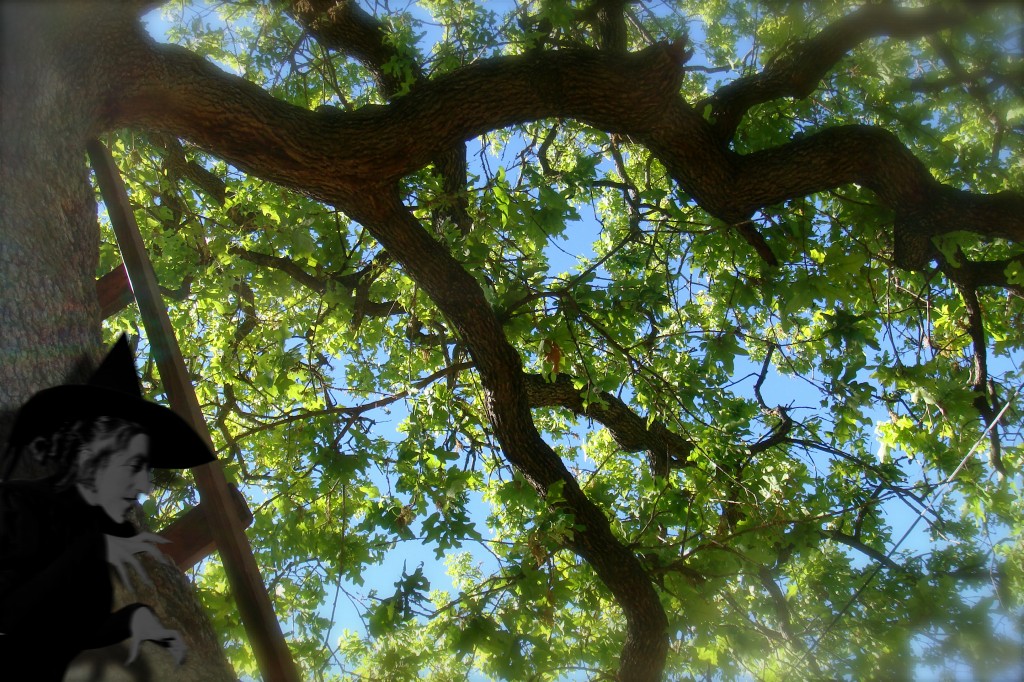
I happened to witness the Patch witches harvesting their annual cull of gulf coast toads the other evening with their wretched smelling hessian sacks.
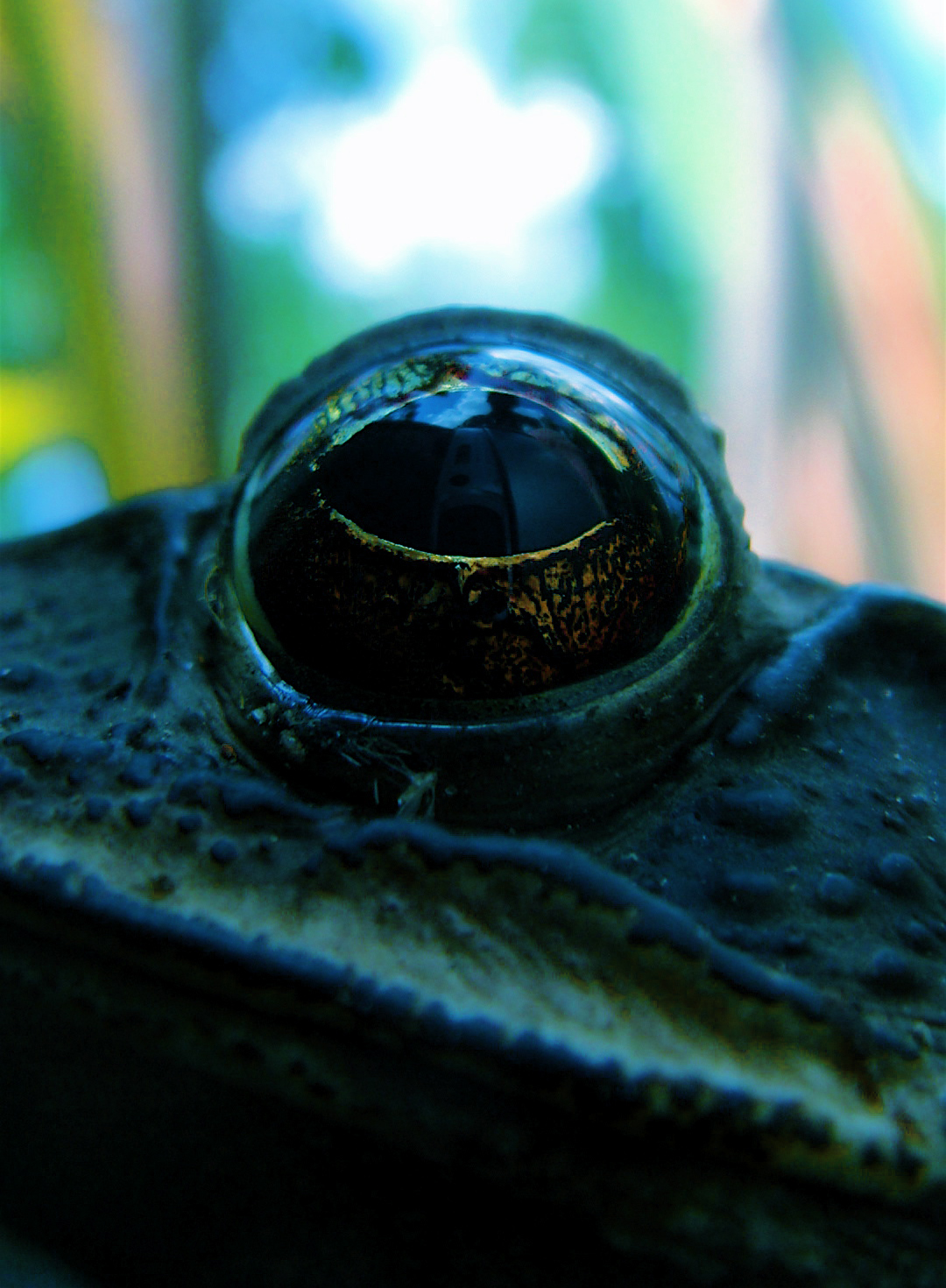 I could see their protruding moles and dark silhouettes stumbling up the ladder with their ladened croaking bounty, dragging it up high to their treacherously positioned home in the upper canopy of my recently leafed-out post oak tree, no doubt for use in some horrible disfiguring spell.
I could see their protruding moles and dark silhouettes stumbling up the ladder with their ladened croaking bounty, dragging it up high to their treacherously positioned home in the upper canopy of my recently leafed-out post oak tree, no doubt for use in some horrible disfiguring spell.

Naboo rumor has it that the warty trio are very close to signing a major contract with Whole Foods Market to commercialize one of their herbal remedies, if this happens they have apparently expressed interest into moving into a downtown condo! Their preferred form of transport being the broom negates the pothole issues we humans face driving in the downtown region…(Oh yes, I am not stopping with my “state of the Austin roads” rant).
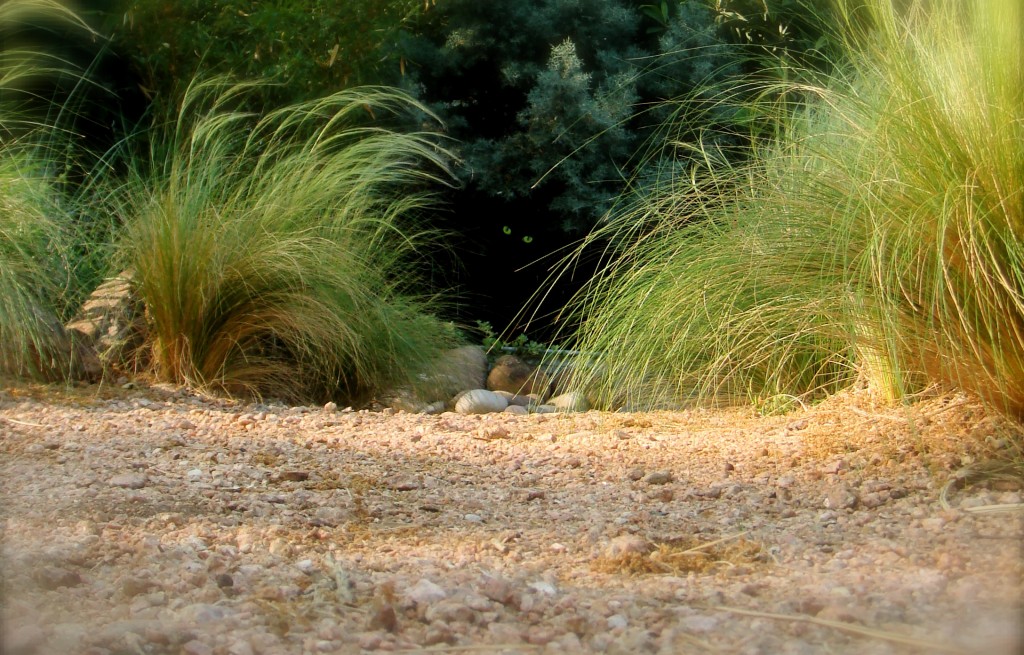
I love deep shadows in a landscape, they add so much depth and intrigue to a space though I must say we have all stayed well away from this dark cavern between the feather grasses, below my Arizona ‘blue ice’ cypress.
Painting: “Once Upon a Time” by Henry Meynell Rheam.
My feather grasses are now entering their Patch prime and putting on a great late afternoon light show with their newly formed panicles. These plants are a couple of years old and have been through some vigorous experimentation and a couple of Brazilian blow-outs:
https://www.eastsidepatch.com/2010/05/knotty-dreads/
Imagine my surprise when I recently lifted the lid on my trashcan.
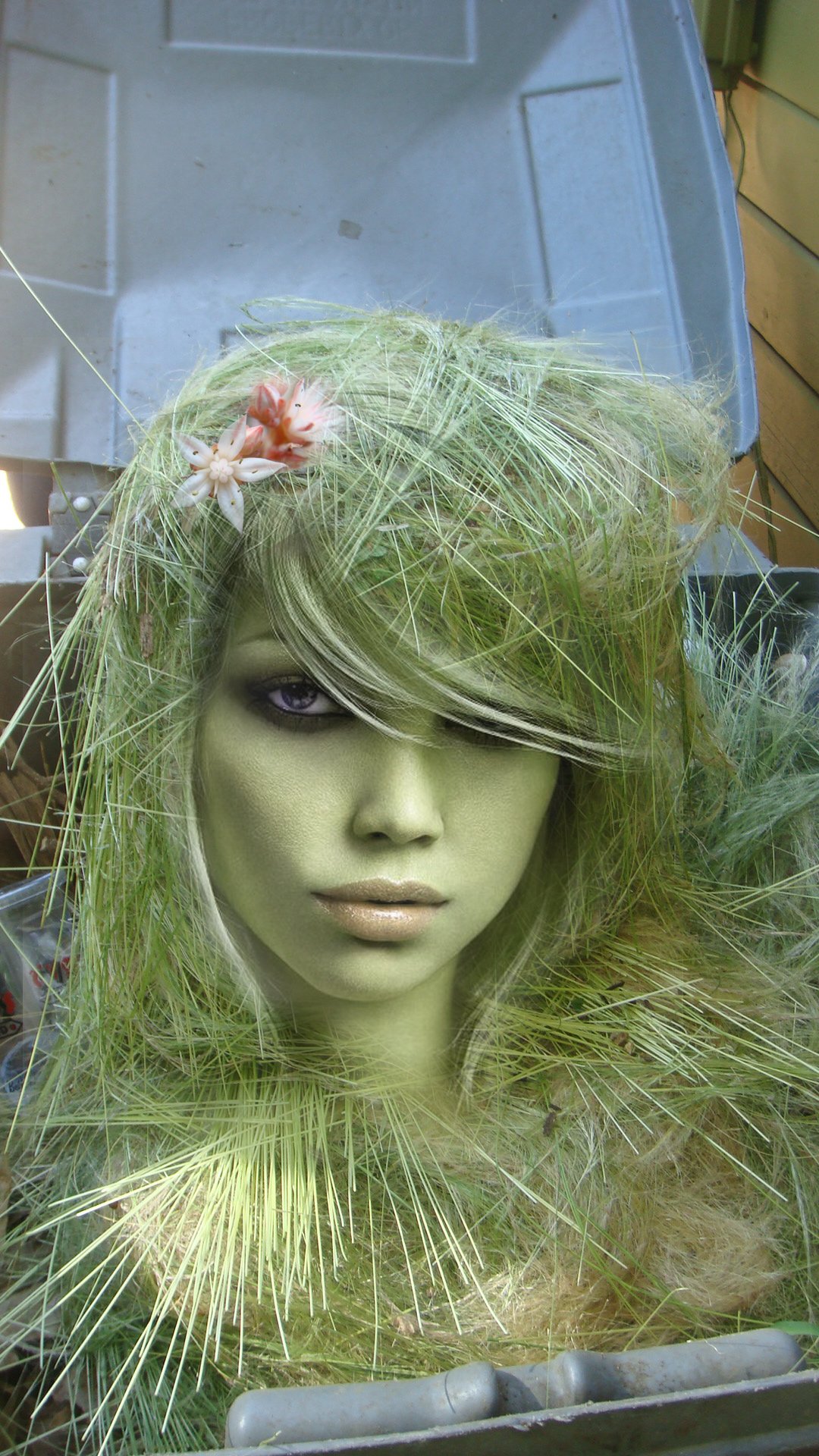

“Yeah Nassella tenuissima Baby, yeah”!
And then who popped up with his dry British wit from my neighbors trashcan?
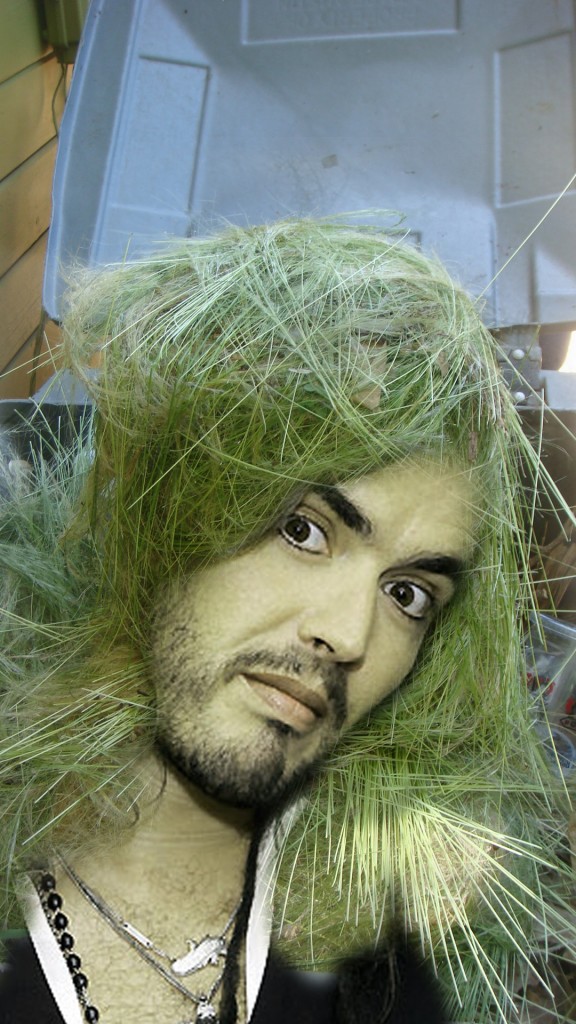 “Hairstyle Plagiarism, that’s what that is!”
“Hairstyle Plagiarism, that’s what that is!”
…I quickly slammed down both lids before anyone heard the chat-up lines begin, I looked around and listened nervously for a big white van drawing up to the front of the Patch…I apparently got lucky this time.
I said enough!
If you are like me and have this little abomination popping up all over your garden you will totally relate to this next segment and my mentally unstable relationship with it.
Melothria pendula?
(anyone know what this weed is called?)
I cannot describe to you how deep the level of my hatred goes for this incredibly obnoxious weed…perhaps even deeper then Bermuda grass, yes I said Bermuda grass.
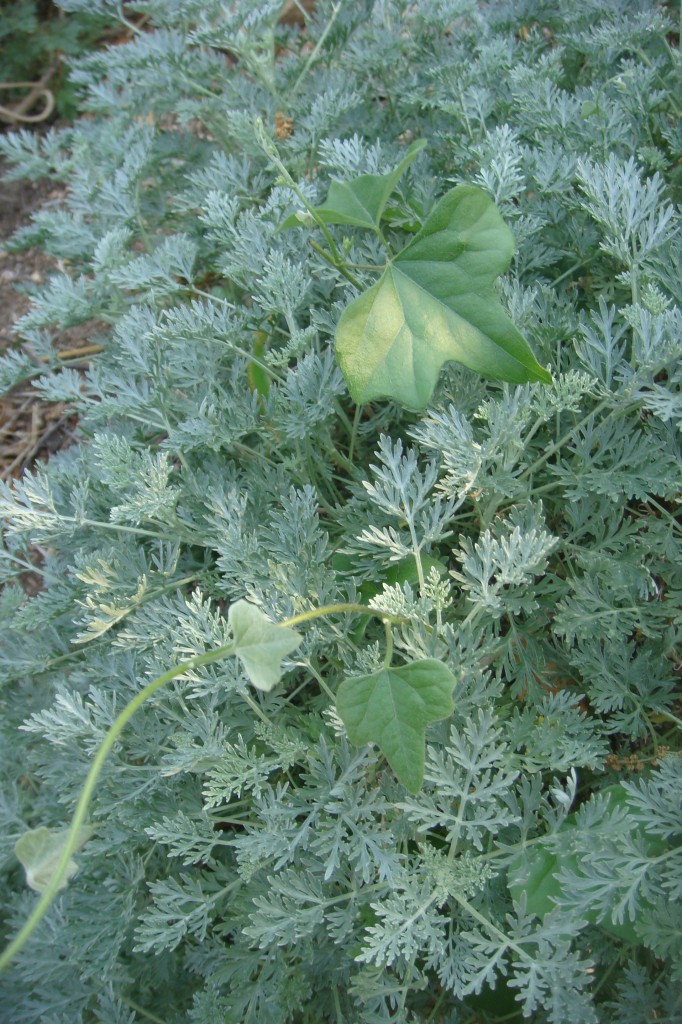
This aesthetically strangling plant loves nothing more then tucking itself in tight to the base of plants, in this case my artemesia, (of which it appears to be quite fond, I imagine due to the delicate nature of this plants stems). Pulling it is completely futile, and nearly always results in an emotionally demoralizing “snap” leaving the roots to shoot up foliage once again the very next day.
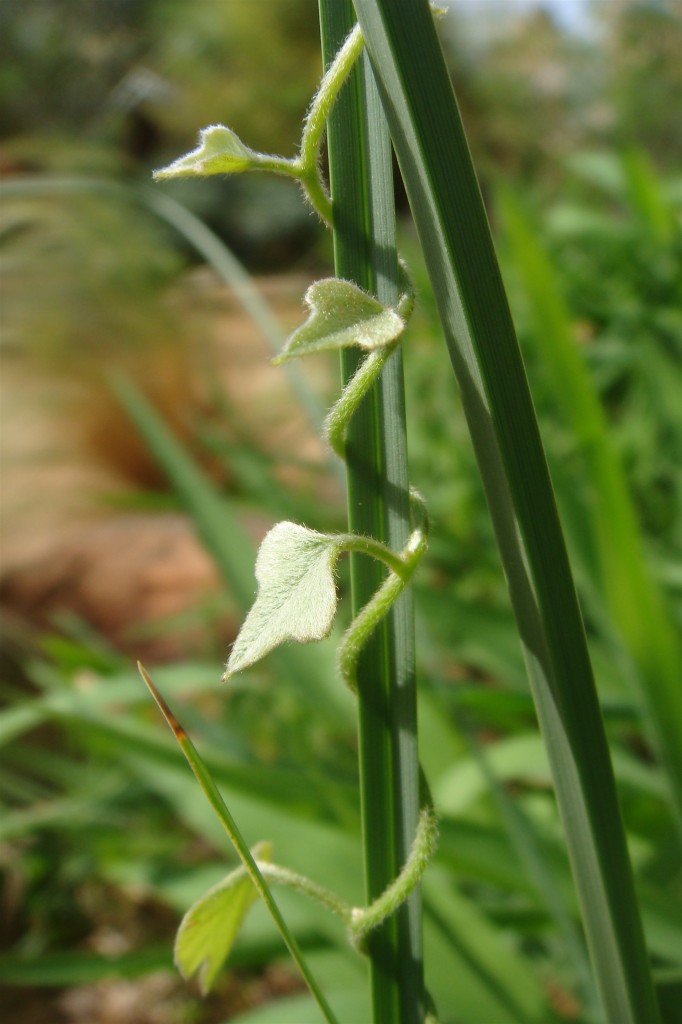 This abomination of nature is also very fond of sprouting between bricks, Mexican bush sage and rosemary, okay practically anywhere it can inhabit. Snap. It seems to know if it grows like this, snap, the gardener can not, and will not, attack it with RoundUp in fear of destroying the “host” plant it is cleverly growing under and through, snap…
This abomination of nature is also very fond of sprouting between bricks, Mexican bush sage and rosemary, okay practically anywhere it can inhabit. Snap. It seems to know if it grows like this, snap, the gardener can not, and will not, attack it with RoundUp in fear of destroying the “host” plant it is cleverly growing under and through, snap…
…“a most cunning plan…t”
Scrambling along:
Stonecrop is blooming everywhere right now,
it is amazing how it casts down these long red ropes over the sides of my Texas holey rocks in an attempt to scale down and propagate the new terrains below.
“I could do with one of those red lifelines right about now!”
This garden snake gave me my first full-on conniption at an install I am working on. It came out waving around on me at waist height from a retainer wall I was clearing out. In usual fashion I recoiled and almost stumbled over another lower wall, another foiled Darwin Award!
It slithered around for a while trying to find cover, it eventually took refuge in this small hole between the boulders.
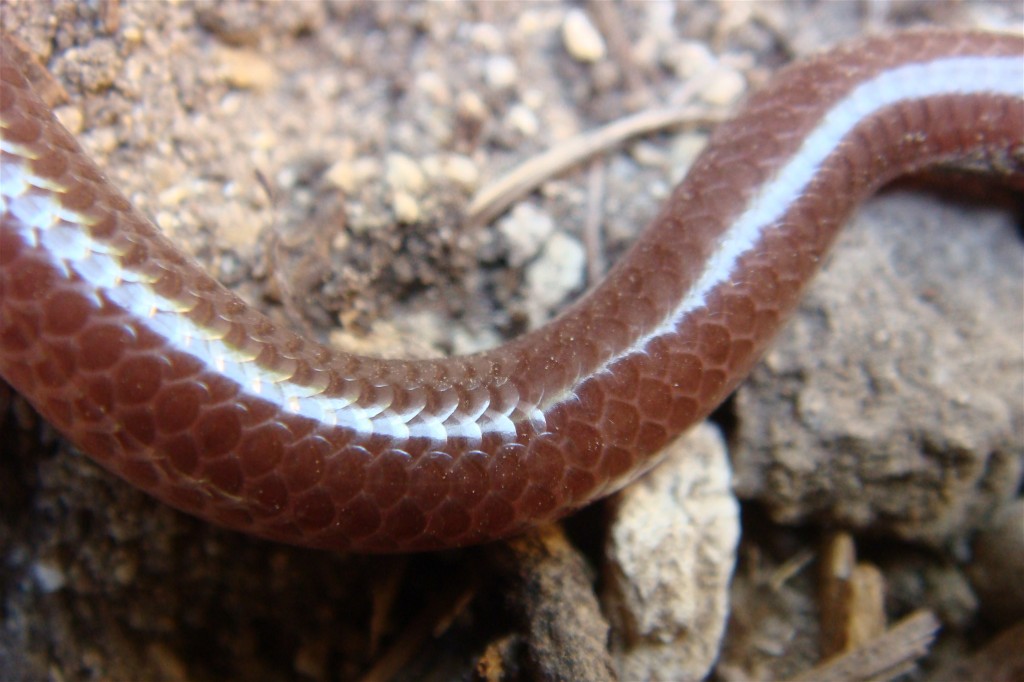 The scales were quite something.
The scales were quite something.
Finally:
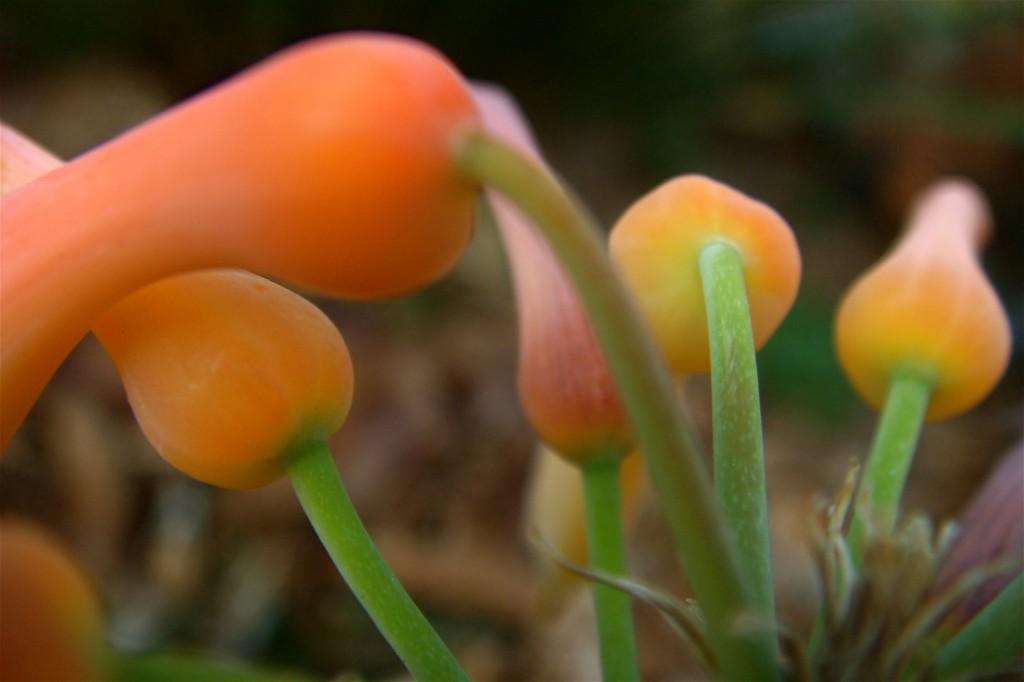
The candy blooms on this aloe vera look good enough to eat.
(Thanks for the seeds M) http://www.zanthan.com/gardens/gardenlog/
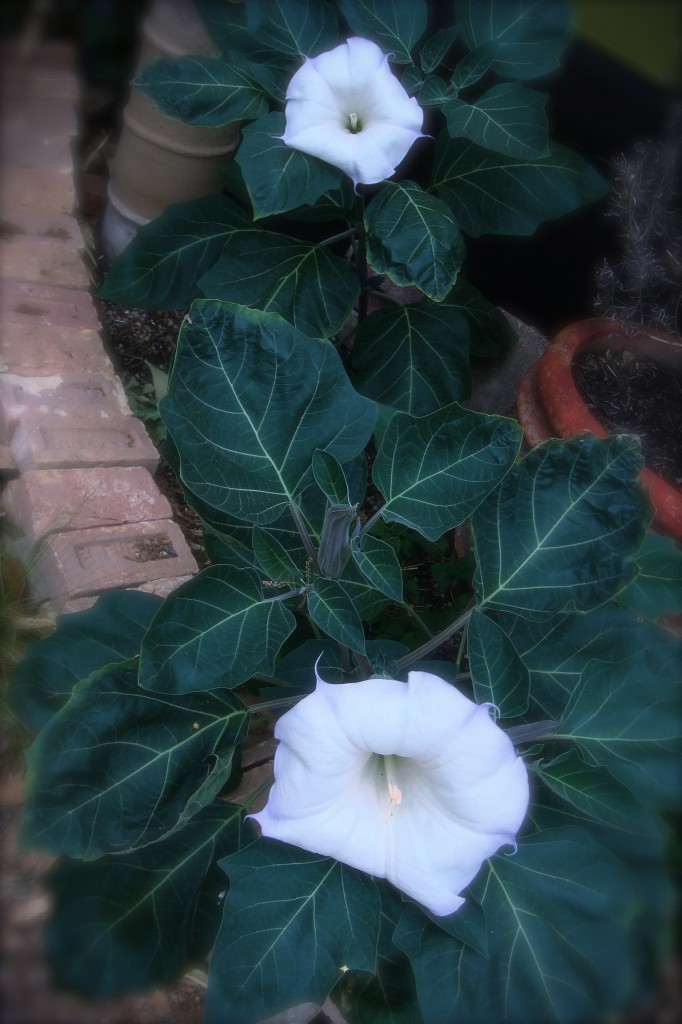
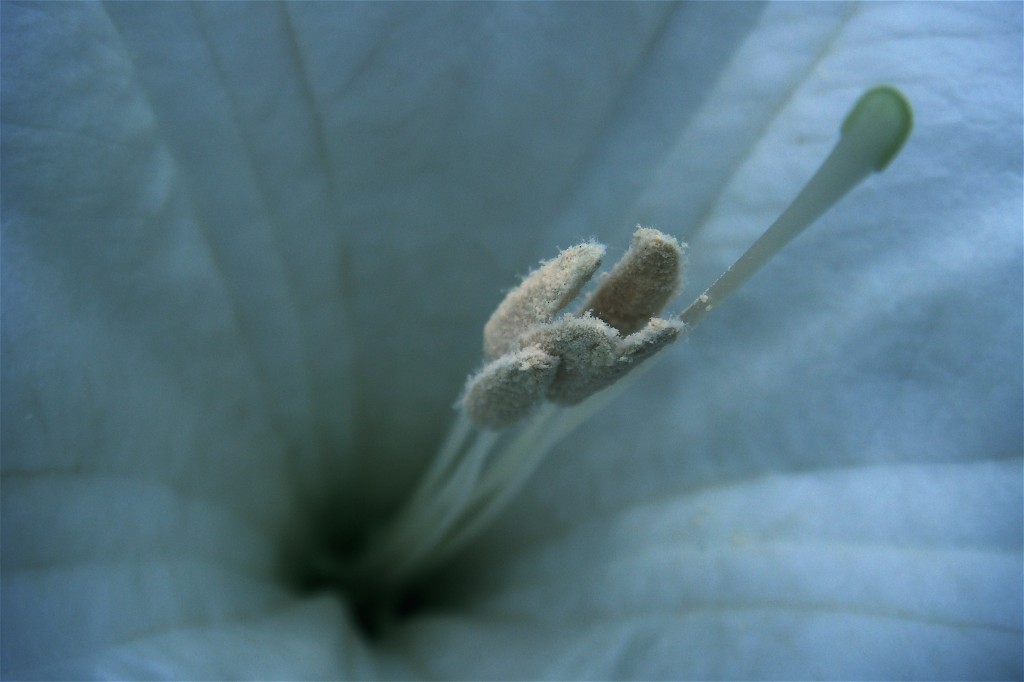 Moody datura is once again blooming,
Moody datura is once again blooming,
An unusual moment of Zen for him…
and a moment of excited expectation for her…the tooth fairy (her very first loss) she also lost some blood this week and required a couple of staples in her head after a playground accident.
And to finish, some classic old English comedy:
We had our own “Good Life” moment this week when we gathered around to pull up a test carrot, a major family event.
 It was more carrot top then actual carrot, but she enjoyed it.
It was more carrot top then actual carrot, but she enjoyed it.
“The Rock”
All material © 2011 for eastsidepatch. Unauthorized
intergalactic reproduction strictly prohibited, and
punishable by late (and extremely unpleasant)
14th century planet Earth techniques.
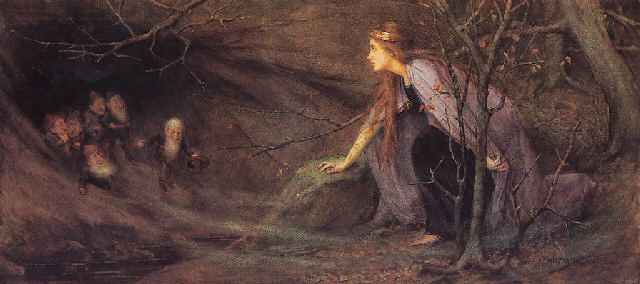
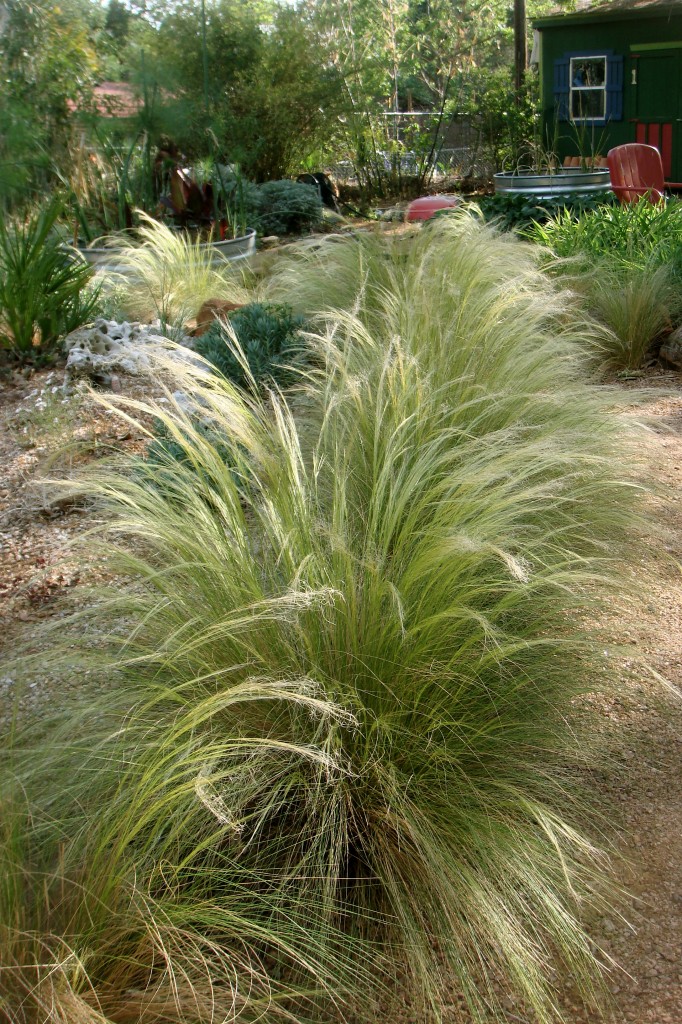
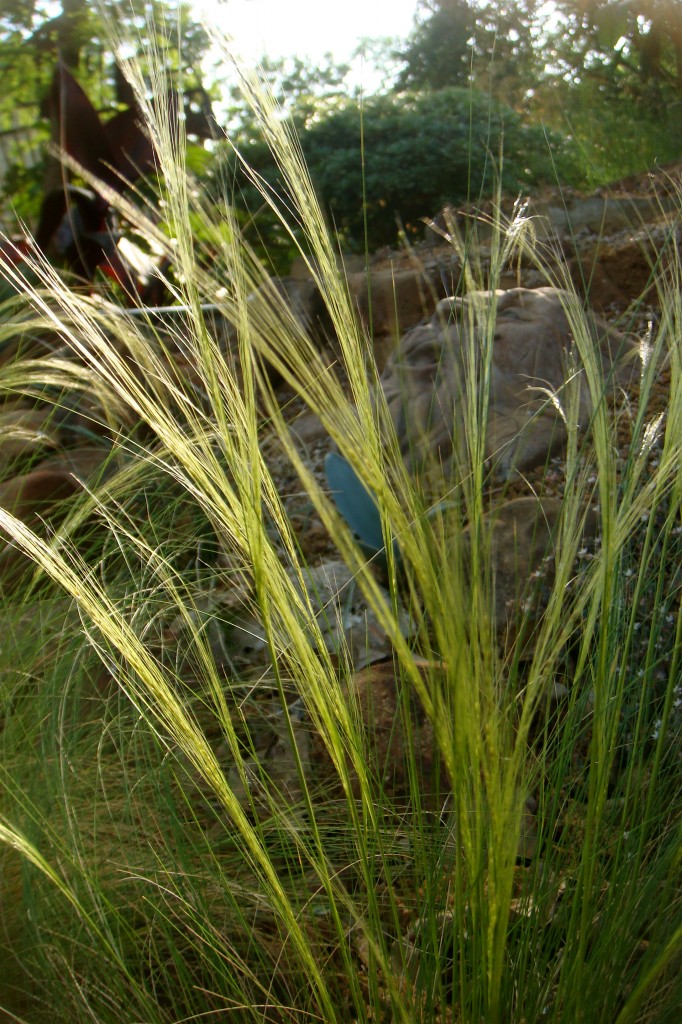


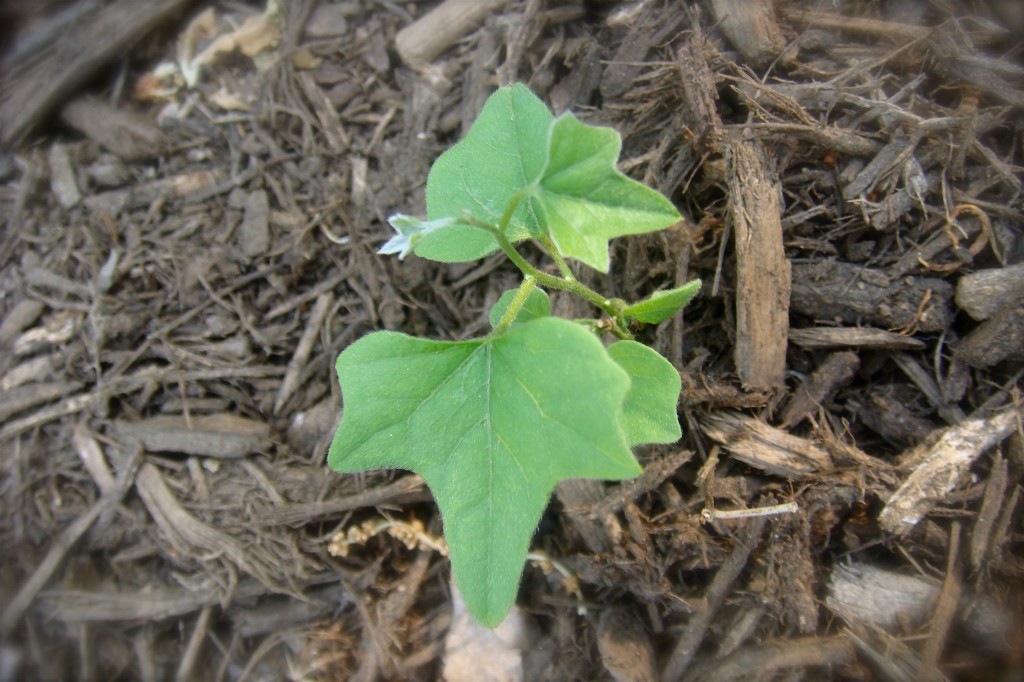

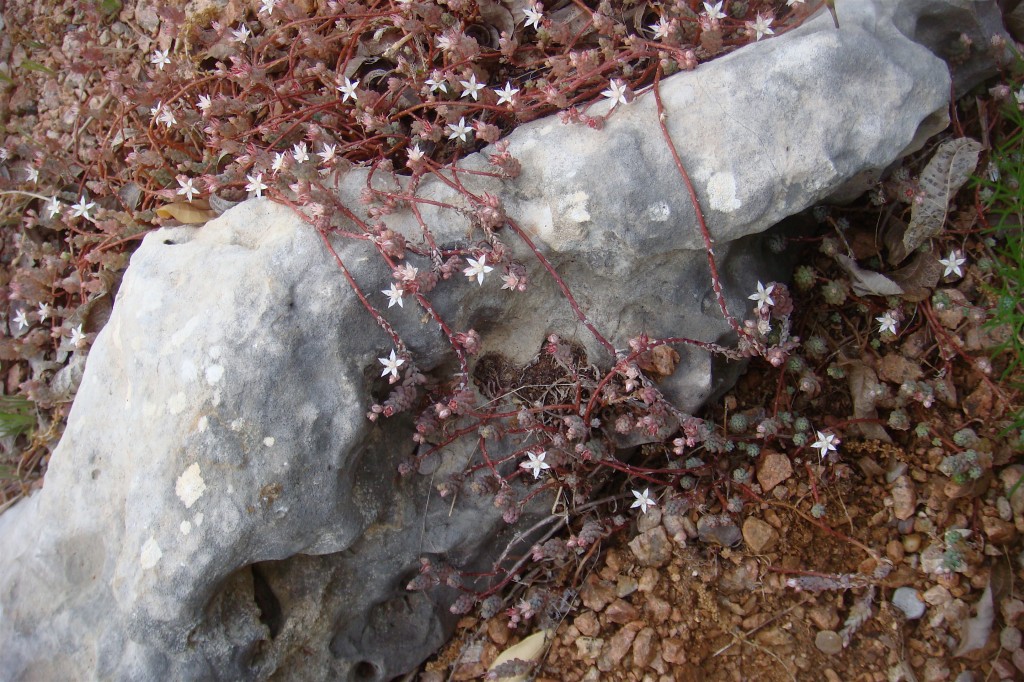
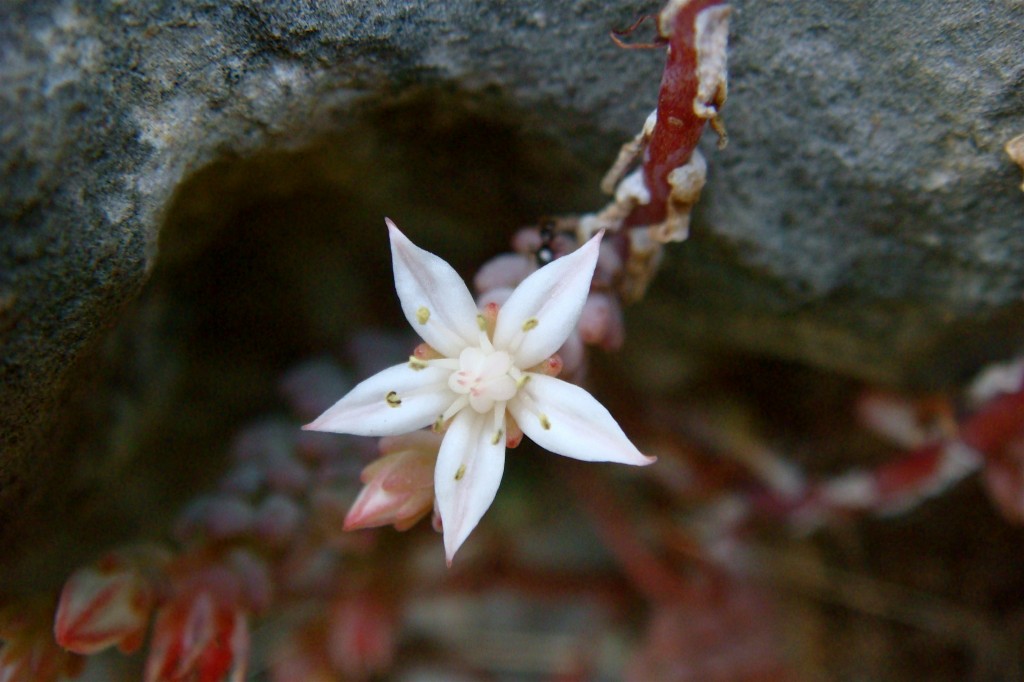

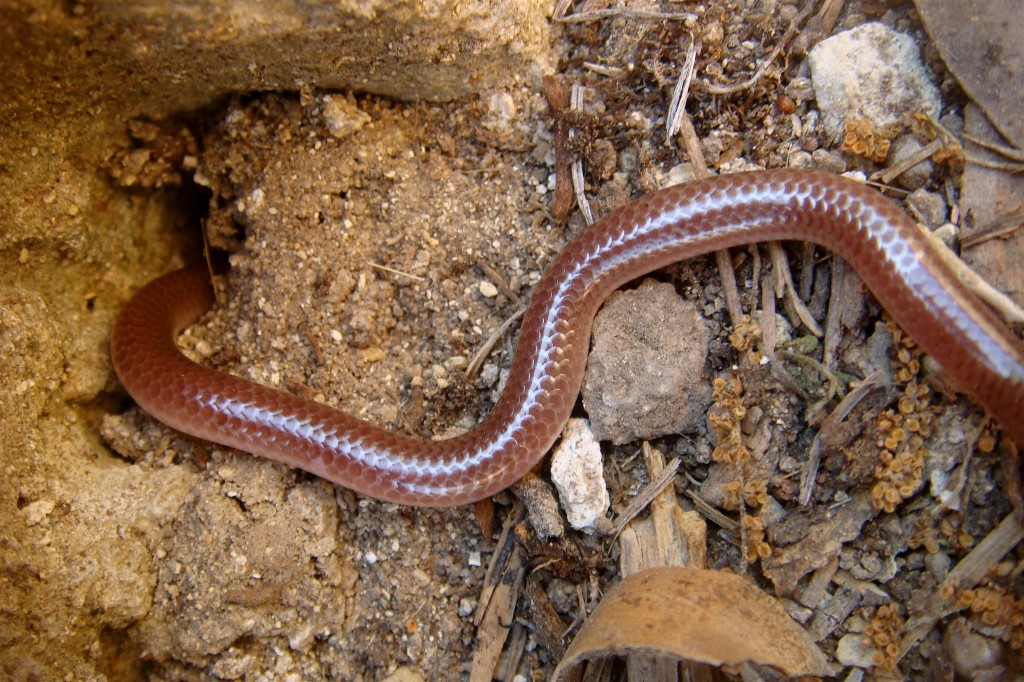
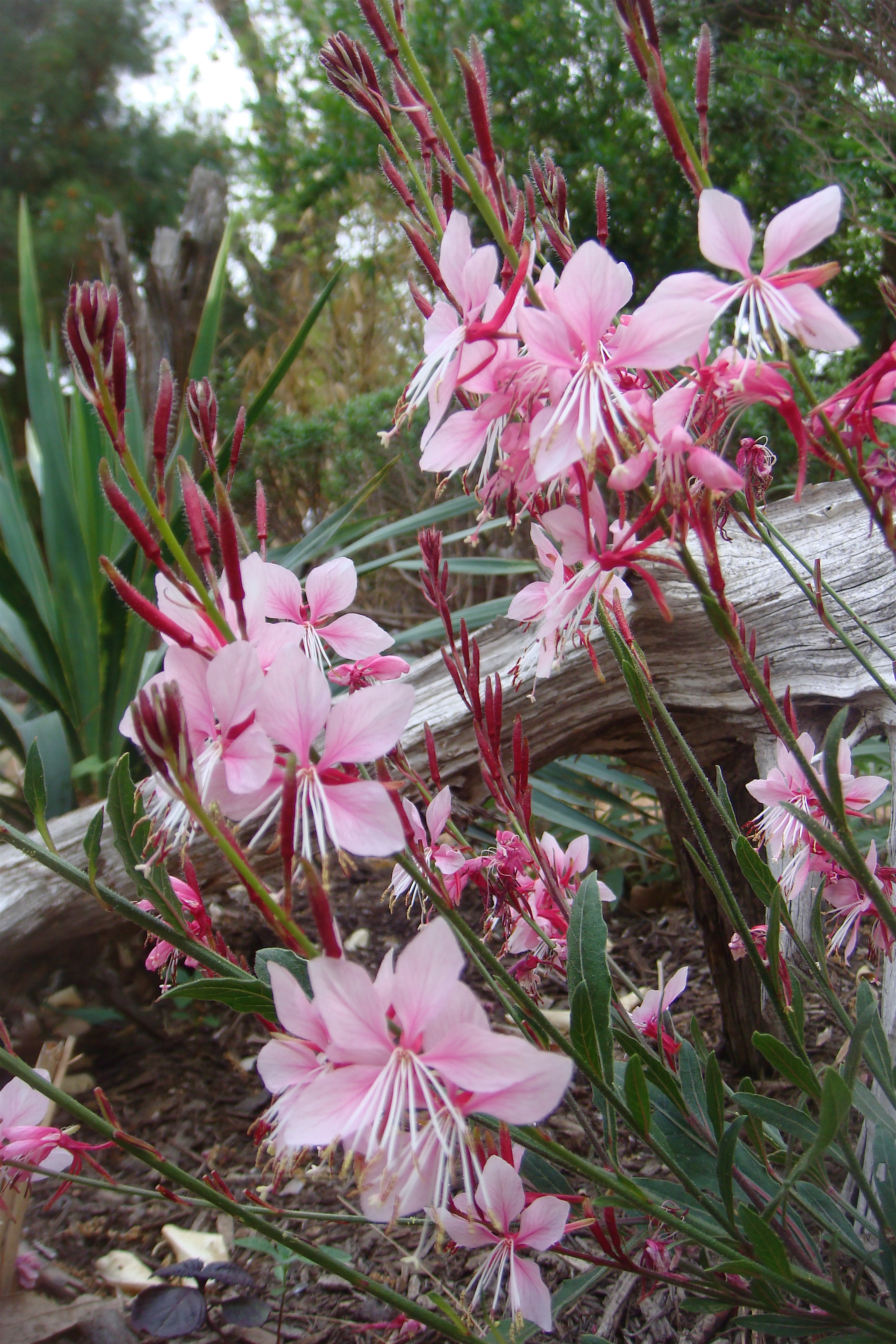
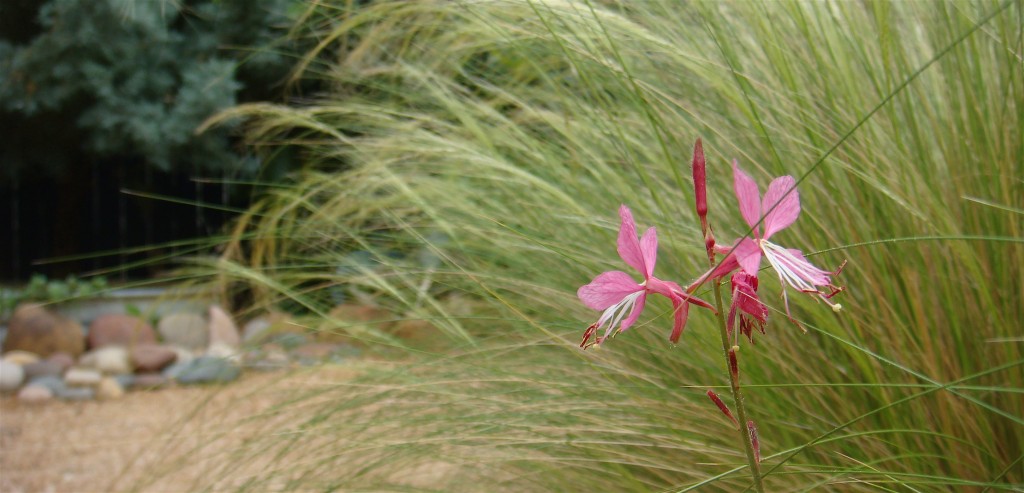
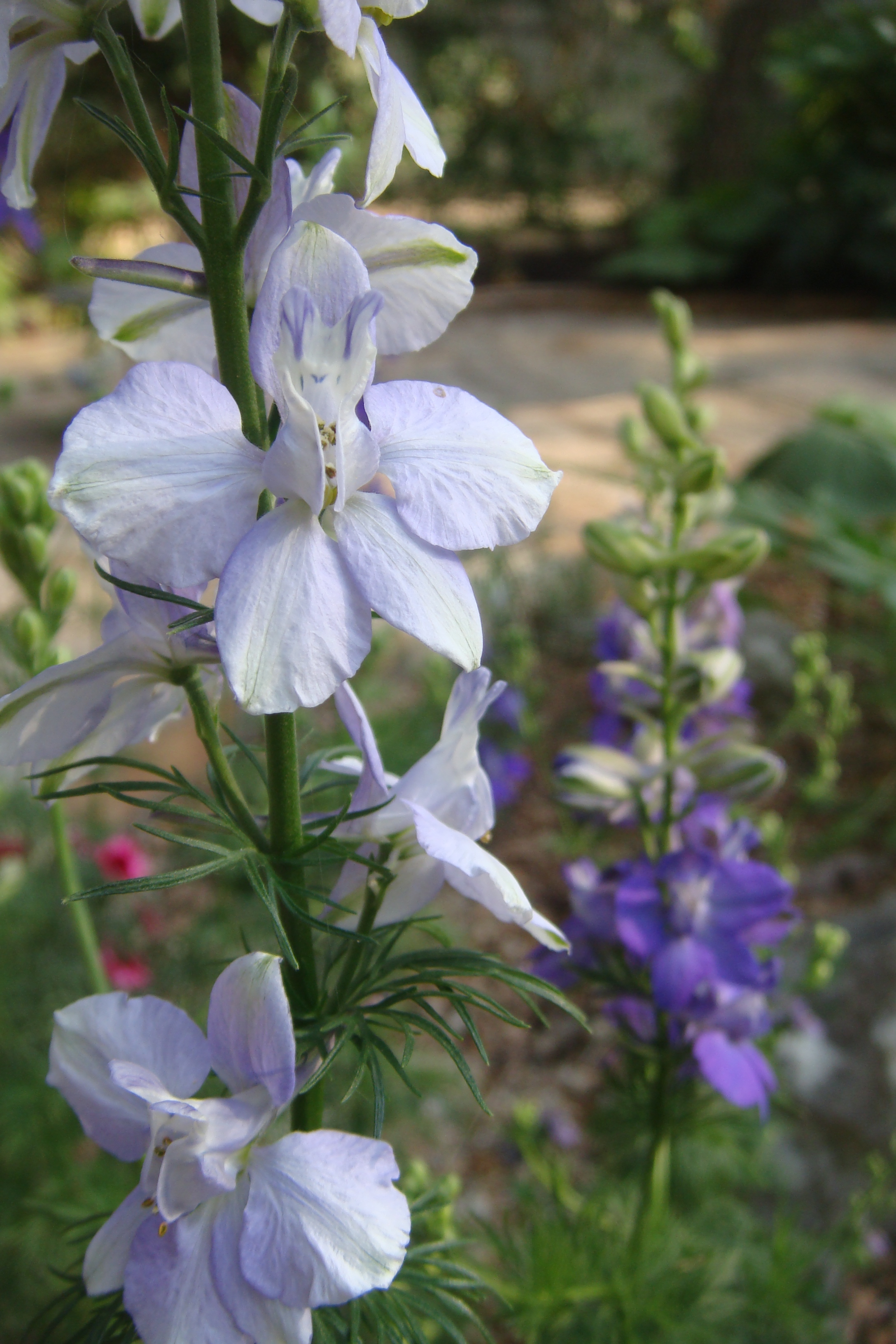


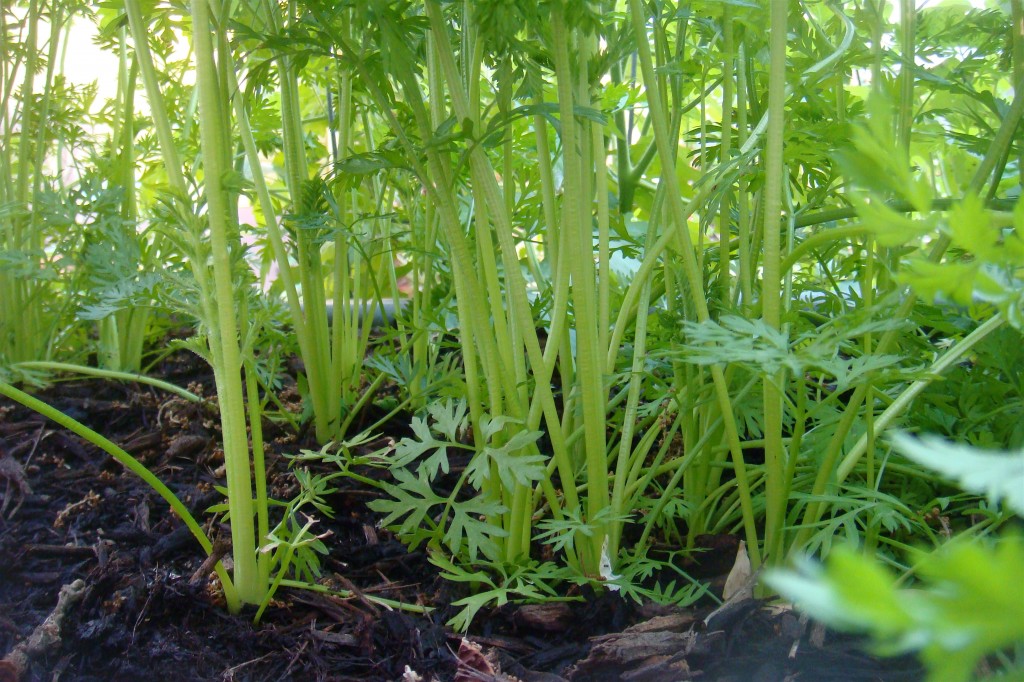

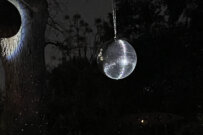





























































Comments on this entry are closed.
Your weed looks like what I know as snail seed (Cocculus carolinus) here in San Antonio.
Thanks for the ID Katie. That is exactly what the annoying snapper is! How do you get rid of this stuff?
ESP.
Nice post. Love the aloe macro shot. Is the aloe bloom of maculata/saponaria?
re: getting rid of snail seed. Sadly I haven’t had much luck with that. I just do my best keep it whacked back from plants. Then wait for the drought to keep it in check a bit. It has a prodigious underground root system. I’ve yanked plenty of that out, but I don’t think it really helps much.
Well, I have that snail seed vine everywhere, BUT I get revenge. I feed it to my rabbits, and they love it. Native American Seeds even sells it on page 17 of their catalog.–They indicate it won’t grow in caliche.–That’s a lie!
Hi Nicole and yes it is, most of it made it through the hard freezes we had this last winter in central Texas with only a little bit of “mush”…it is bounding back quickly though.
Thanks.
ESP.
Hi Katie.
The dreaded snail seed!
It really is a complete nightmare, and yes, it does diminish as the Texas heat descends on us, but then again, doesn’t everything :-) At this time of year though it really is prominent and like you I have yanked out as much of that prodigious root system I have been able to get my hands on…apparently to no avail! I think it actually likes this, encouraging new growth? I also think I have more this year then ever before!
Glad to hear I am not alone.
ESP.
Hi Laura.
At least your rabbits enjoy it!
I cannot believe this weed is actually for sale in a catalog?
Scary stuff.
ESP.
We had our first snake sighting at work this week as well. It was a northern water snake whose intricate patterns make people think it’s a copperhead, and combined with its aggressive nature, gets people reaching for the decapitation spade. Cooler human heads prevailed and we got our snake catcher in order to relocate it somewhere else better for retail.
Hello Les.
Yikes and happy the northern water snake was saved…people freak out so quickly when it comes to snakes…though if I ever come face to face with a rattler…that water snake does look like it could be malicious.
You have a snake catcher?
How many snakes do you get at your nursery? :-)
I have heard stories and urban myths about them ready to strike at H/Depot.
ESP
As for the snailseed, I am experimenting with ways to get rid of it. Today, I just implemented my most recent plan of attack.
You know those little vials that florists stick on the cut ends of flowers. The ones that hold enough water to sustain the flower for a few days. I went to my local florist shop and got 10 of those. Wearing rubber gloves, I filled them each with concentrated brush killer (do not dilute) with glyphosate as the main ingredient. Cut back the vines as far as you can, it’s best to get to the trailing roots that run underground. Make a fresh cut and immediately stick the cut end into the florist tube filled with brush killer. The little rubber lid has a small hole in it for the end to go i to so you need to make sure the bit of root that you stick in there is bigger than that hole to prevent leakage. Glyphosate is rendered inactive once it touches soil but it will cause damage to any other desirable plant life it come in contact with so be careful not to get it anywhere. That’s the beauty of this method, though. It allows the brush killer to translocate only to the deep roots of the plant being treated and will not affect any other plant life. From what I’ve read, you’re supposed to leave the florist tubes on the plant being treated for something like a week. In which time, you will see results in the form of all vines attached to the root system being treated will blacken and die. If, after a week, you still see green vines, it means those are attached to a separate root system and will need their own course of treatment. Keep doing this until all green vines have turned black and died. During the next growing season, you may see a small few try to return (but way less than before). Just treat in the same way. That’s what I’ve read anyways. Like I said, I’m only on day one of treating the snailseed vines in this manner, so we will just have to see how effective it really is.